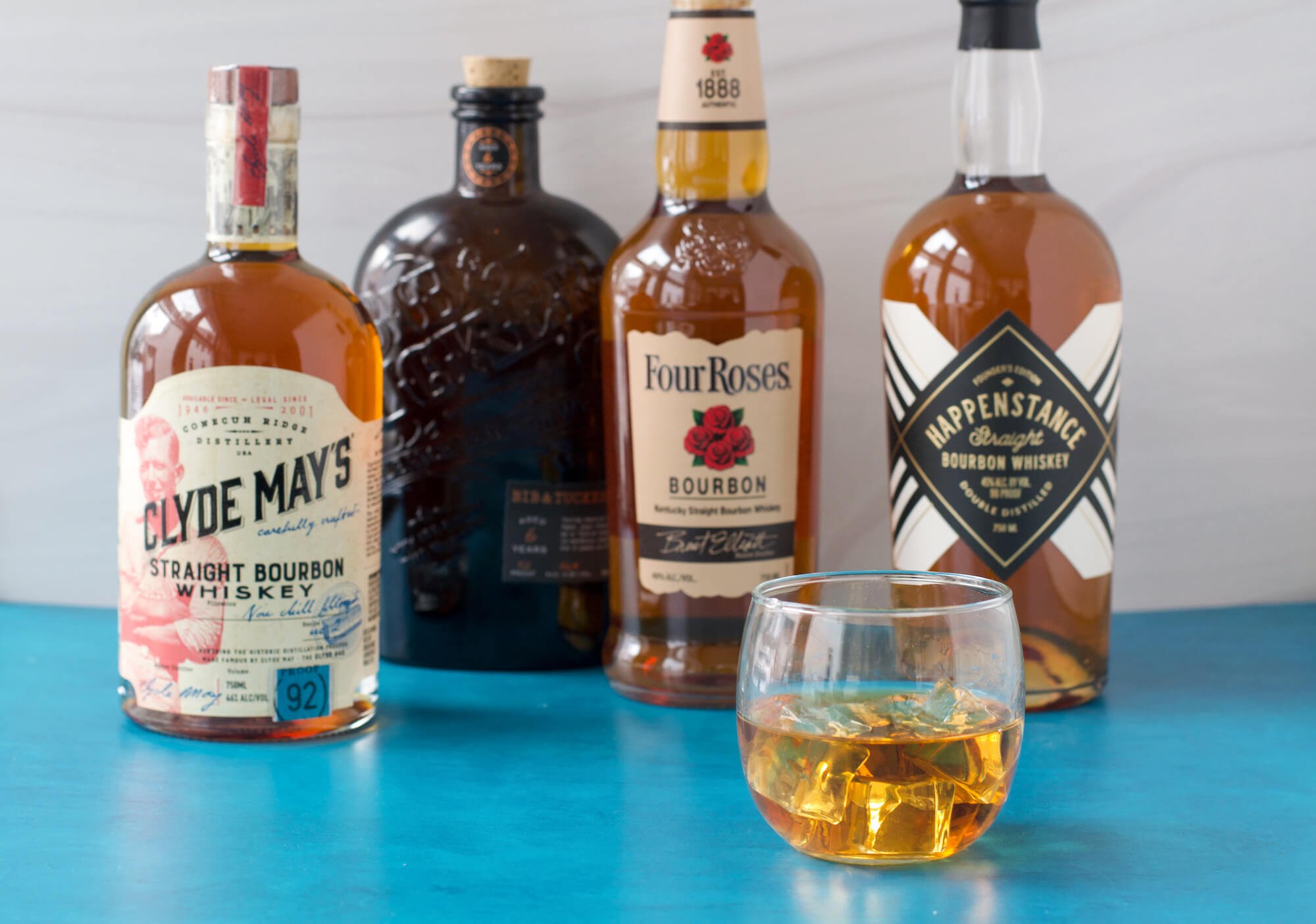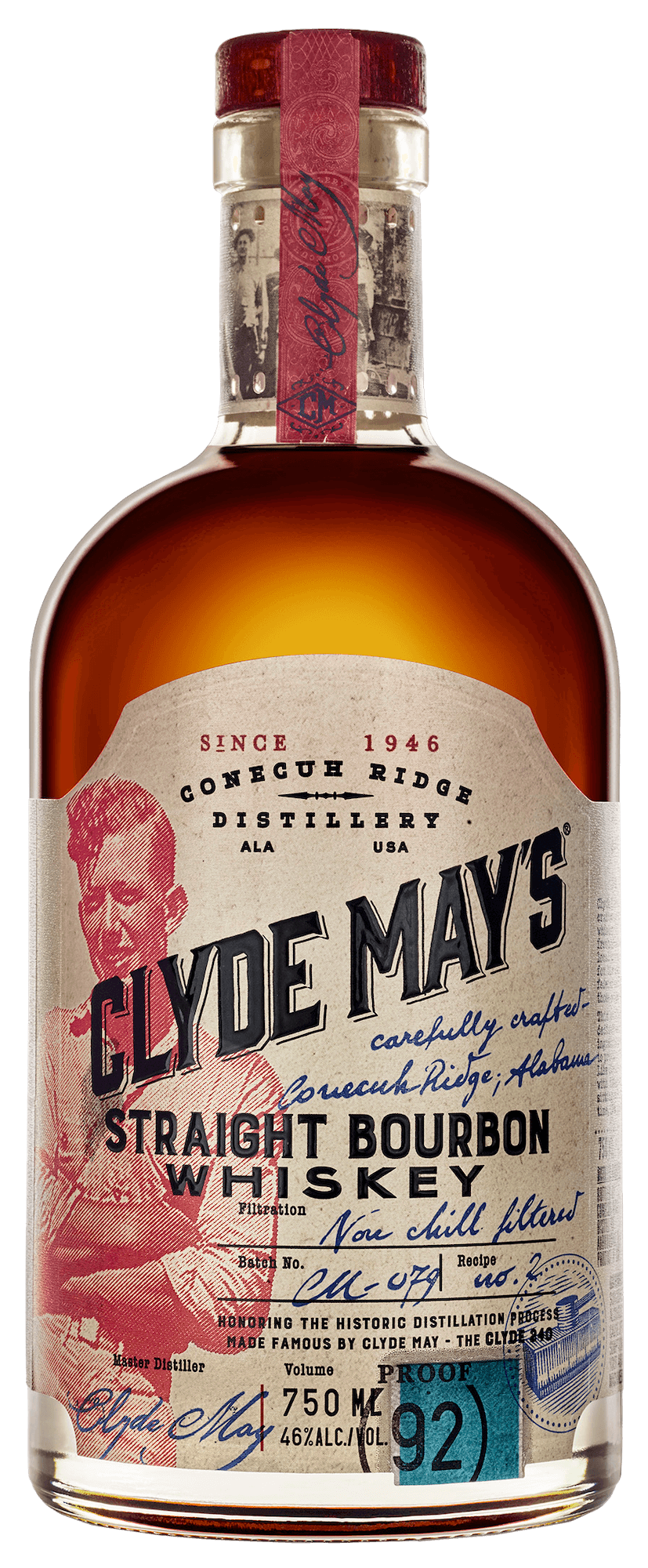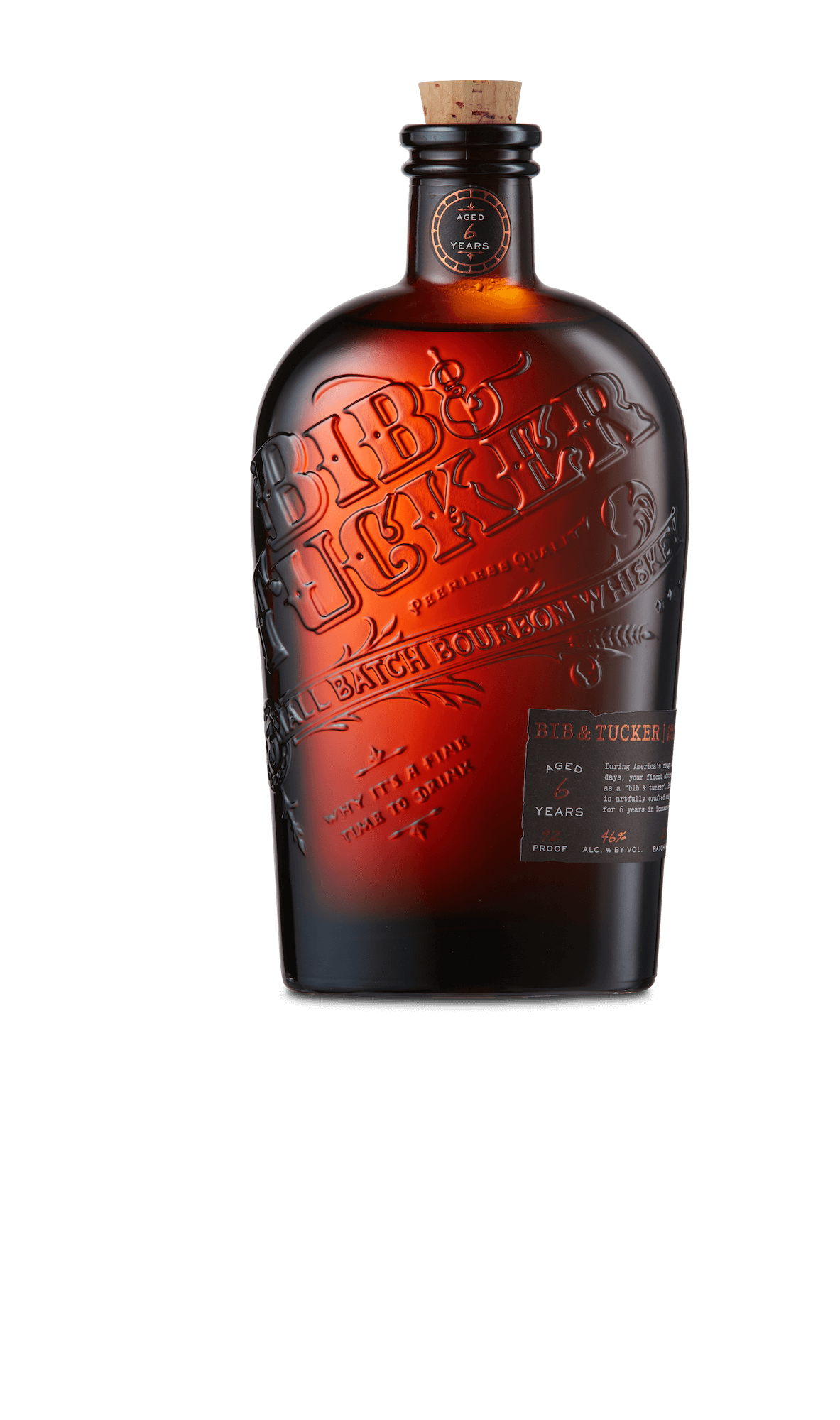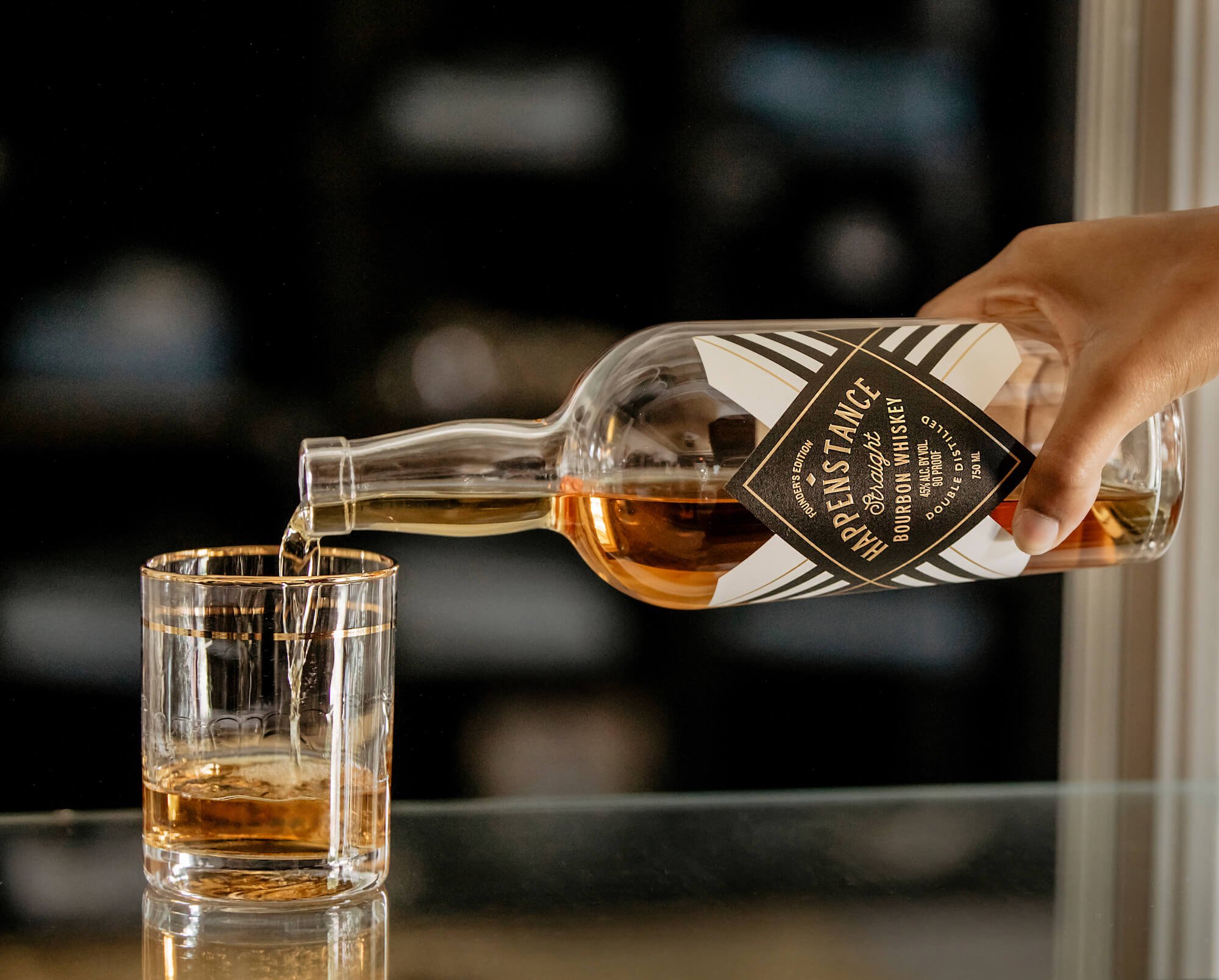How to Cook with Bourbon & Why It's Such a Good Idea
You sip it neat. You mix a killer Old Fashioned. Now it’s time to cook with bourbon, America’s native spirit.
Do you have a bottle of bourbon in your liquor cabinet? Do you have several? Chances are the answer is yes and you are not afraid to brag about it. There is no denying that bourbon carries a certain cachet these days among drinkers in the know - some of whom have even become collectors of rare and hard-to-find bottles.
Indeed, the bourbon industry has experienced unparalleled growth in the past two decades. Once derided as your grandfather’s spirit, bourbon is today increasingly popular even among younger consumers. The renewed interest in classic cocktails, the increase in prestigious single-barrel and small-batch bourbons, and the introduction of bourbon-based tourism - namely Kentucky’s Bourbon Trail, which saw 1.4 million visitors in 2018 - have all contributed to the bourbon renaissance.
Given how popular bourbon has become, it is no surprise that chefs and other culinary professionals have turned their eyes to the bourbon on the bar shelf and begun to incorporate this iconic American whiskey into their cooking. Not to be left behind, home cooks are also curious about how to bring bourbon’s characteristic smoky-sweet, caramel notes to their savory dishes. As it turns out, bourbon’s strong flavor makes it a powerhouse ingredient in recipes for marinades, sauces, and glazes.
What Is Bourbon?
But before we get to how to cook with bourbon, let’s take a step back and review what bourbon is exactly. Bourbon is a type of whiskey that has 6 distinguishing characteristics. First, bourbon must be made in the U.S. (Bourbon does not have to be made in Kentucky, contrary to popular belief. Although 95% of the bourbon produced is, in fact, from Kentucky, that is not a requirement.) It must contain at least 51% corn - which is what gives bourbon its signature sweetness. Bourbon must be distilled at less than 160 proof (80 percent alcohol by volume) and it must enter into the barrel at below 125 proof. Speaking of barrels, bourbon must be aged in new, charred white oak barrels. Lastly, bourbon contains no artificial coloring or flavor. In fact, the only thing you can add to bourbon after it leaves the barrel is water.
There are many other factors that will influence how a bourbon looks and tastes, from the mix of grains other than corn to the amount of time the bourbon sits in the barrel. But all bourbons share at least these 6 traits as well as a sweet, smooth undertone with varying notes of spice, caramel, and vanilla.
Why Cook with Alcohol?
With its distinctive smoky-sweet flavor profile, bourbon certainly seems like it would be a natural in the kitchen. But before we discuss why bourbon in particular is such a useful ingredient for savory cooking, let’s quickly review how alcohol behaves in savory recipes.
Alcohol, like salt, enhances the flavors of the foods around it. It does this in two ways. (And fair warning: this discussion is going to get mildly science-y.) The first way is through evaporation: alcohol molecules are volatile, meaning that they evaporate quickly. So when you add alcohol to food, and that alcohol evaporates, it helps carry the aroma of the food to our noses. And anyone who has ever suffered through a head cold (or COVID-19) knows that much of what we “taste” in our food is actually smell.
Second, alcohol enhances flavor through molecular bonding. (I hope my 10th-grade chemistry teacher is impressed.) Alcohol bonds with both fat and water molecules and thus helps capture the flavors in fat and water-soluble compounds and transmit them to our taste buds. For example, consider a marinade containing alcohol: the alcohol will help the other flavors in the marinade - be they spices, aromatics, or citrus - penetrate the cells of the meat so that the meat takes on more of those flavors.
Similarly, when using alcohol to deglaze a pan in which you have cooked meat, you not only capture and incorporate the browned proteins stuck to the bottom of the pan - which any liquid would do - but you also dissolve those browned bits in alcohol, which helps them flavor the sauce more intensely. A non-alcoholic liquid, such as broth, will deglaze the pan, but it won’t capture and transmit the meaty flavors as effectively. That’s why wine is so often used for this very purpose.
(For a more in-depth scientific discussion of how alcohol enhances flavors in food, check out this excellent article in Fine Cooking.)
Why Cook with Bourbon Specifically?
So, we know that alcohol can enhance flavor when used in cooking. What specifically is bourbon bringing to the table? Quite a lot, as it turns out. “Bourbon has a depth of flavor that many other spirits lack,” says food writer and photographer Lori Rice. “Its toasted oak notes with hints of peppery spice allow it to pair [well] with savory foods.” While today she is based in California, Rice lived for 10 years in central Kentucky - near the state’s most famous bourbon distilleries - and worked in Family and Consumer Sciences for the state university, so she knows her bourbon.
When bourbon is added to a dish, “the first thing you recognize is a familiar booziness that lets you know a spirit has been added,” points out Rice. “But while other spirits may stop there, bourbon has much more depth. What you recognize most depends on what is in the dish that it aligns with. Bourbon will enhance notes of vanilla and caramel, complement nuttiness, and add hints of toasted oak.”
Put another way, adding bourbon to your cooking will not only enhance the flavors already present in the dish, as any alcohol would, but it will contribute some of the intense flavors that bourbon is known for, namely smoke, a honeyed or caramel sweetness, and a toasty nuttiness.
Tips for Cooking with Bourbon
Now that we understand how spirits, and bourbon, in particular, can enhance and deepen flavors in cooked dishes, the next question is how to start using bourbon in the kitchen. What foods pair best with bourbon? When in the cooking process should we add it? And what bourbon should we use?
Pair it with strong flavors
Given the intensity of bourbon’s flavor profile, it is best to pair it with other strong flavors. Darker meats, such as beef, pork, and turkey, can stand up to bourbon’s depth of flavor better than delicate ones like fish. Another idea is to pair bourbon with acids: its rich, deep flavors are balanced out by acidic ingredients like lemons or other fruits. And everyone likes a salty-sweet combination, so think about combining salty foods, like bacon or country ham, with naturally sweet bourbon.
Use it in marinades, rubs and sauces
In terms of when to use bourbon - and in what type of dishes - marinades, rubs, and sauces are all perfect venues for your bourbon. Use it in a marinade for meat or to deglaze the pan to create a reduction sauce. (For safety reasons, however, remove the pan from the heat before adding the bourbon and then return it to the burner.) Certainly, any homemade barbecue sauce would be all the better for a splash of bourbon, as would most gravies. Or add a slug of bourbon to long-simmered dishes like chilis, stews, and braises: the alcohol will mostly cook away, leaving only flavor in its wake. Another idea is to mix bourbon with spices, like smoked paprika and cumin, to create a rub or paste for brisket and other meats.
Be creative
Rice likes to incorporate bourbon in some unexpected ways in her kitchen. “Bourbon maple mayonnaise creates an appealing sweet and salty combo when layered into a turkey club sandwich with smoky bacon,” says Rice. In a similar vein, one to two tablespoons of bourbon can make a bold addition to a homemade vinaigrette, especially when paired with honey or maple syrup. But beware: whisking bourbon into a dressing or spread in this way will give you a strong boozy kick because the alcohol is not cooked off.
Dishes where the bourbon is cooked will deliver a subtler effect and may be more appropriate for a wider - or younger - audience. “I make cocktail hotdogs or sausages that simmer in sauce with a generous amount of bourbon,” Rice offers as another suggestion. But don’t think that bourbon is only for carnivores. “Bourbon can also be used in glazes for vegetables such as roasted carrots and Brussels sprouts,” Rice explains. Sweet potatoes and bourbon are, of course, a classic combination, especially during the holidays.
Add it to jams and preserves
Another way to use bourbon in cooking, if you are a DIY type, is to add it to jams and preserves. “[S]pirits like bourbon can add depth and balance to preserves like peach jam and apple butter,” explains preserving expert and cookbook author Marisa McClellan of the popular website Food in Jars. “I like to add it at the end of cooking - the last five minutes or so. That way, the alcohol has a chance to cook off a little, but the flavor remains.” Not sure how much bourbon to add to your preserves? McClellan has a formula: “Look at the predicted finished yield and add a tablespoon per pint” of jam.
Which Bourbon Should You Cook With?
In terms of which bourbon is best to use, think of the adage about cooking with wine: don’t cook with a bourbon that you wouldn’t want to drink. A bottom-shelf bourbon will add booziness to your dish, but not much else. But at the same time, do not use your $300 bottle of Pappy Van Winkle to cook. Rice advocates a middle ground: “Middle-shelf bourbons that have a balance of booziness with distinctive bourbon flavors are the ones to use for baking and cooking. High-end bourbons with assertive flavors are best enjoyed on the rocks or straight up, especially considering their price-point.”
Four Roses
According to Rice, Four Roses standard 5-year bourbon is a great choice for use in cooking; it is readily available and is a great value at around $20 a bottle.
Clyde May’s Straight Bourbon Whiskey
Clyde May’s Straight Bourbon Whiskey is another good option - albeit with a price of around $40 a bottle - due to its distinct notes of dried fruit, honey and spice, which play well with savory foods.
Bib and Tucker
A slightly more expensive offering, Bib and Tucker’s 6-year bourbon will not only look pretty on your counter, with its retro design and cork stopper, but it will bring hints of toasted corn, cocoa, licorice, and dried fruit to your meat-based dishes.
Happenstance Straight Bourbon Whiskey
At a similar price point - between $50 and $60 - female-owned Happenstance Straight Bourbon Whiskey is a great bottle to pick up if you are new to bourbon and looking for a smooth, versatile spirit that will work equally well in cocktails and in cooking.
Things You Can Cook with Bourbon
Salmon
Beef
Pork
Ham
Chicken
Scallops
Sweet potatoes
Corn
Onions
Chili
Carrots
Desserts
Ready to start cooking with bourbon? Here are some recipes from around the Internet to get you started, as well as our own recipe for a vegetarian Bourbon Pumpkin Chili:
Sugar Steak with Bourbon from Food52
Honey Bourbon Spatchcocked Turkey from Cooking Light
Honey Bourbon Peach Preserves from Cooking Light
Braised Brisket with Bourbon-Peach Glaze from Epicurious
Sweet Potatoes with Bourbon and Maple from Bon Appétit
Apricot-Bourbon Glazed Ham from Martha Stewart
Bourbon Baked Brie from Midwest Living
Bourbon Pumpkin Chili Recipe
There are so many recipes pairing bourbon with meat, but it is worthwhile to remember that bourbon can add depth and intensity to vegetarian dishes as well, such as this smoky-sweet chili. Two kinds of beans provide a healthy amount of protein while the pumpkin, maple syrup, and bourbon add richness and a hint of sweetness that is offset by the addition of bitter cocoa powder at the very end of cooking.
Serves 4-6
3 Tablespoons vegetable or canola oil
1 yellow onion, diced
2 bell peppers, diced
1 jalapeño pepper, seeded and diced
3 cloves garlic, minced
1 Tablespoon chili powder
1 1/2 teaspoon ground cumin
1 1/2 teaspoon kosher salt
1 teaspoon smoked paprika
3/4 teaspoon cinnamon
1 (28 oz) can whole tomatoes, with their juice
1 (14 oz.) can pumpkin purée (NOT pumpkin pie filling)
1/2 cup bourbon
3 Tablespoon maple syrup
1 (15 oz) can pinto beans, drained and rinsed
1 (15 oz) can kidney beans, drained and rinsed
2 Tablespoon unsweetened cocoa powder
Chopped scallions, avocado, chopped fresh cilantro and sour cream, optional, for garnish
1. Heat the oil in a large Dutch oven over medium heat. Once the oil is hot, add the onion and sauté until translucent, about 5 minutes. Add the peppers and sauté until softened, about 5 additional minutes.
2. Add the garlic, spices and salt and sauté a few additional minutes until fragrant.
3. Add the tomatoes, crushing them with your hands or the back of a wooden spoon, the pumpkin, the bourbon and the maple syrup and stir to combine. Raise the heat to high and bring the mixture to a boil. Then, reduce the heat to low and simmer until thickened, about 15 minutes.
4. Add the beans and simmer until the beans are warmed through, about 10 minutes. Add the cocoa powder and stir to combine. Taste and adjust seasoning. Serve warm with garnishes such as chopped scallion, diced avocado, chopped cilantro or sour cream.







